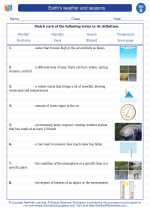Interference
Interference refers to the phenomenon where two or more waves overlap and combine to form a new wave. This can result in either reinforcement or cancellation of the waves, depending on their phase relationship.
Types of Interference
There are two main types of interference: constructive interference and destructive interference.
Constructive Interference
In constructive interference, the waves are in phase with each other, meaning their peaks and troughs align. When this happens, the amplitudes of the waves add together, resulting in a wave with a greater amplitude.
Destructive Interference
In destructive interference, the waves are out of phase with each other, meaning their peaks and troughs are misaligned. As a result, the amplitudes of the waves cancel each other out, leading to a wave with a smaller or zero amplitude.
Examples of Interference
Interference can be observed in various phenomena, such as:
- Double-slit Experiment: In this experiment, light waves passing through two slits interfere with each other, creating an interference pattern on a screen.
- Sound Waves: When sound waves overlap, they can interfere constructively, resulting in louder sound, or destructively, leading to quieter or no sound.
- Radio Waves: Radio signals can interfere with each other, causing poor reception or static on the radio.
Study Guide
To understand interference better, you can follow these study tips:
- Learn about wave properties such as amplitude, frequency, and phase.
- Explore the mathematical principles behind interference, including the superposition principle.
- Conduct experiments or simulations to observe interference patterns and understand how they are formed.
- Practice solving problems related to interference, such as calculating the resultant amplitude of interfering waves.
- Explore real-world applications of interference, such as in technology (e.g., noise-canceling headphones) and nature (e.g., wave interference in oceans).
With these study tips and a good understanding of wave behavior, you can grasp the concept of interference and its significance in various scientific fields.
.◂Science Worksheets and Study Guides Second Grade. Earth's weather and seasons

 Worksheet/Answer key
Worksheet/Answer key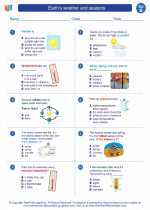
 Worksheet/Answer key
Worksheet/Answer key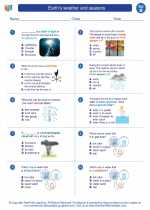
 Worksheet/Answer key
Worksheet/Answer key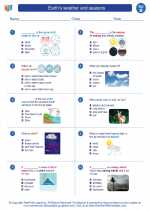
 Worksheet/Answer key
Worksheet/Answer key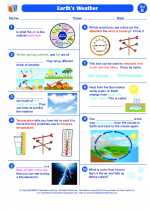
 Vocabulary/Answer key
Vocabulary/Answer key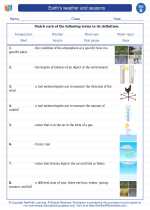
 Vocabulary/Answer key
Vocabulary/Answer key